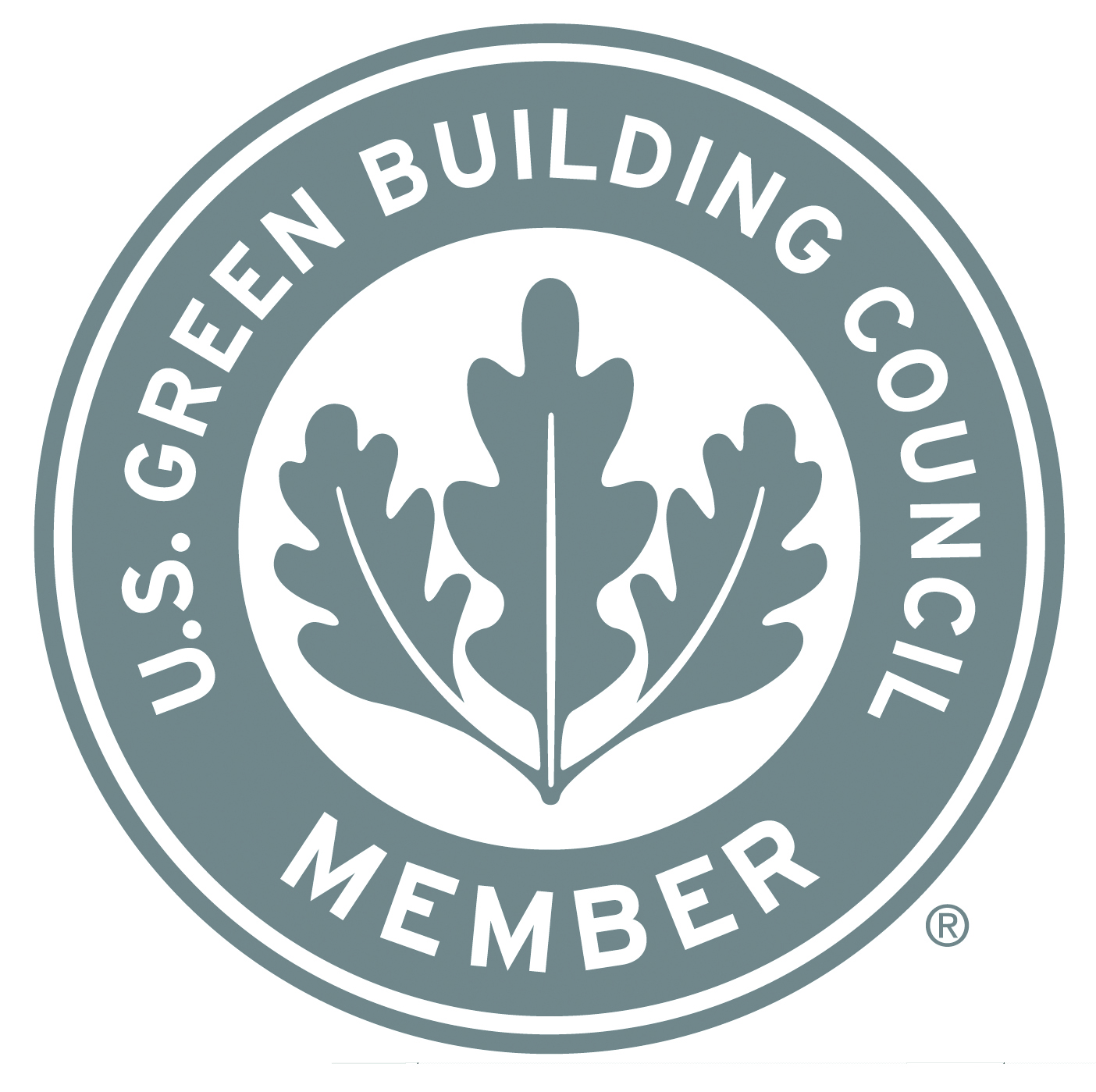The U.S. Green Building Council (USGBC) today announced the opening of the fifth public comment period for the proposed update to its LEED green building program. The comment period, which will close on Dec. 10, enables the building community to view the most recent draft of the rating systems and provide comments where any substantive changes have been made.
LEED v4 continues to push the envelope on energy efficiency, allocating nearly 20% of all points to optimizing energy performance over the stringent ASHRAE 90.1-2010, which would do more to help curb CO2 emissions than any LEED rating system in its 12 year history.
In addition to bringing green building solutions to more market sectors, including data centers, warehouses and distribution centers, hospitality, mid-rise residential, and existing schools and retail, the next version includes more options for projects outside of the U.S., making LEED the common language for sustainability around the globe.
The rating system has long championed innovation, and the LEED v4 draft further encourages innovative thinking and decision making about building materials and design. In this draft, using fewer, better materials will result in up to 9 LEED points, incentivizing product manufacturers that voluntarily report about their product makeup and those who reduce the negative impacts - from extraction of raw materials through the manufacturing process.
When fully launched in 2013, LEED v4 will offer an improved user experience that will make the certification review and documentation process more intuitive and efficient. The simplified reporting requirements will be thoroughly refined and tested by the LEED v4 beta testing group - the first crop of projects to pursue LEED V4 certification. The beta process enables project teams to engage with a pre-ballot version of LEED v4 with guided support from USGBC.
USGBC's Greenbuild International Conference and Expo, taking place Nov. 14-16 in San Francisco, Calif., will give users an additional opportunity to explore LEED v4, including the new technical content and credit language, while learning about the streamlined documentation requirements and submittal forms and the dynamic, mobile education resources being developed.
LEED v4 drafts and the public comment tool are now available on the newly re-launched, re-envisioned USGBC.org website, a platform that engages the green building community and supports an entire ecosystem of websites and apps. The new USGBC.org gives everyone the opportunity to build a rich history of involvement in the green building movement.
In an effort to provide the marketplace a view of the full LEED program experience prior to ballot, USGBC announced an expanded timeline for LEED v4 and committed to a fifth public comment period. Fifth public comment will run until Dec. 10. Ballot period is expected to open June 1, 2013.
Approximately 35 credits are included in the draft open for public comment, and have been revised in response to feedback from previous public comment periods to further improve clarity, increase flexibility and options for project teams, and removing unsuitable requirements from previous drafts.
To view the drafts of LEED v4 visit www.usgbc.org/leedv4. +
Related Stories
| Nov 27, 2013
Exclusive survey: Revenues increased at nearly half of AEC firms in 2013
Forty-six percent of the respondents to an exclusive BD+C survey of AEC professionals reported that revenues had increased this year compared to 2012, with another 24.2% saying cash flow had stayed the same.
| Nov 27, 2013
Wonder walls: 13 choices for the building envelope
BD+C editors present a roundup of the latest technologies and applications in exterior wall systems, from a tapered metal wall installation in Oklahoma to a textured precast concrete solution in North Carolina.
| Nov 27, 2013
University reconstruction projects: The 5 keys to success
This AIA CES Discovery course discusses the environmental, economic, and market pressures affecting facility planning for universities and colleges, and outlines current approaches to renovations for critical academic spaces.
| Nov 26, 2013
7 ways to make your firm more successful
Like all professional services businesses, AEC firms are challenged to effectively manage people. And even though people can be rather unpredictable, a firm’s success doesn’t have to be. Here are seven ways to make your firm more successful in the face of market variability and uncertainty.
| Nov 26, 2013
Design-build downsized: Applying the design-build method in an era of smaller projects
Any project can benefit from the collaborative spirit and cooperative relationships embodied by design-build. But is there a point of diminishing return where the design-build project delivery model just doesn't make sense for small projects? Design-build expert Lisa Cooley debates the issue.
| Nov 25, 2013
Electronic plan review: Coming soon to a city near you?
With all the effort AEC professionals put into leveraging technology to communicate digitally on projects, it is a shame that there is often one major road block that becomes the paper in their otherwise “paperless” project: the local city planning and permitting department.
| Nov 22, 2013
Kieran Timberlake, PE International develop BIM tool for green building life cycle assessment
Kieran Timberlake and PE International have developed Tally, an analysis tool to help BIM users keep better score of their projects’ complete environmental footprints.
| Nov 20, 2013
Architecture Billings Index slows in October; project inquiries stay strong
Following three months of accelerating demand for design services, the Architecture Billings Index reflected a somewhat slower pace of growth in October. The October ABI score was 51.6, down from a mark of 54.3 in September.
| Nov 19, 2013
Pediatric design in an adult hospital setting
Freestanding pediatric facilities have operational and physical characteristics that differ from those of adult facilities.
| Nov 18, 2013
6 checkpoints when designing a pediatric healthcare unit
As more time and money is devoted to neonatal and pediatric research, evidence-based design is playing an increasingly crucial role in the development of healthcare facilities for children. Here are six important factors AEC firms should consider when designing pediatric healthcare facilities.
















